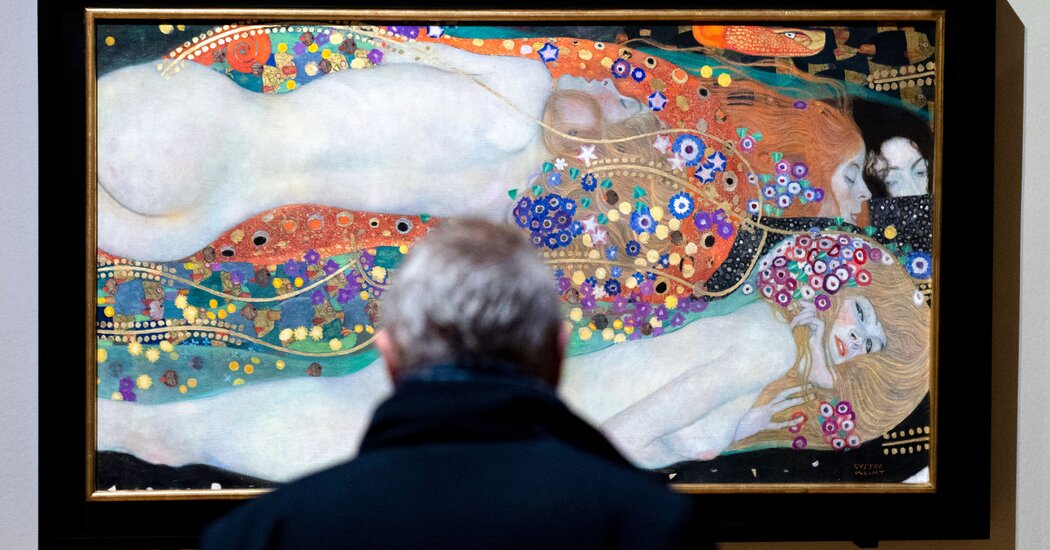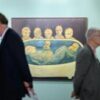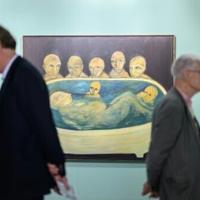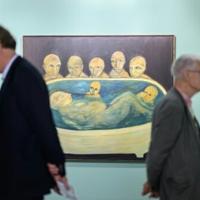
The inner workings of the art market were explored during the trial, which ended with Sotheby’s cleared of any role in what a Russian oligarch said was a scheme to defraud him.
Over the course of three weeks, the art world watched as a Russian oligarch pursued a lawsuit in an American court in which he accused Sotheby’s of abetting a fraud.
The oligarch, Dmitry Rybolovlev, testified in federal court in New York that a Swiss art dealer had cheated him by pretending to be his agent when instead he was buying artworks and flipping them to Rybolovlev’s company at hefty markups. Sotheby’s, he said, was in on it.
But after only a few hours of deliberation on Tuesday, the jury found differently, voting unanimously that Sotheby’s had not played a role in any fraud. The dealer, Yves Bouvier, who was not a defendant in the case, said he felt vindicated too.
Bouvier has long insisted that he did nothing wrong and that he was always clearly acting as a dealer, free to charge Rybolovlev whatever price the Russian would pay.
“The New York court proceedings,” Bouvier said in a statement, “were a surreal charade in which people argued over an alleged fraud that had never happened.”
Here are five takeaways from the trial.
His art collection was born of empty walls.
Rybolovlev, who made his fortune in potash fertilizer in Russia, described how his interest in art began almost accidentally, “through electricity and lightbulbs.”
This post was originally published on this site be sure to check out more of their content







